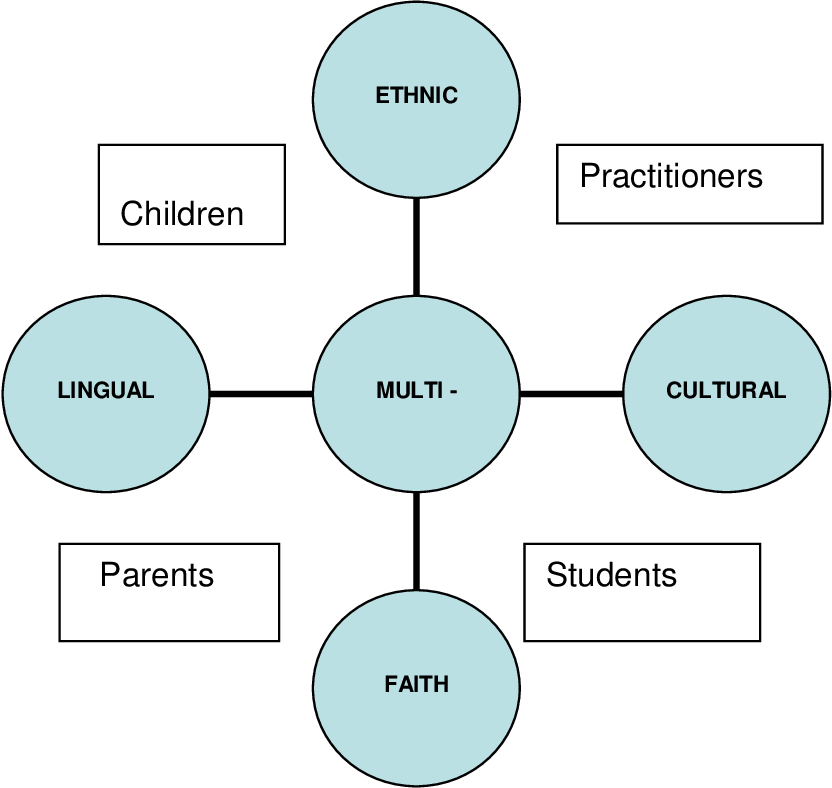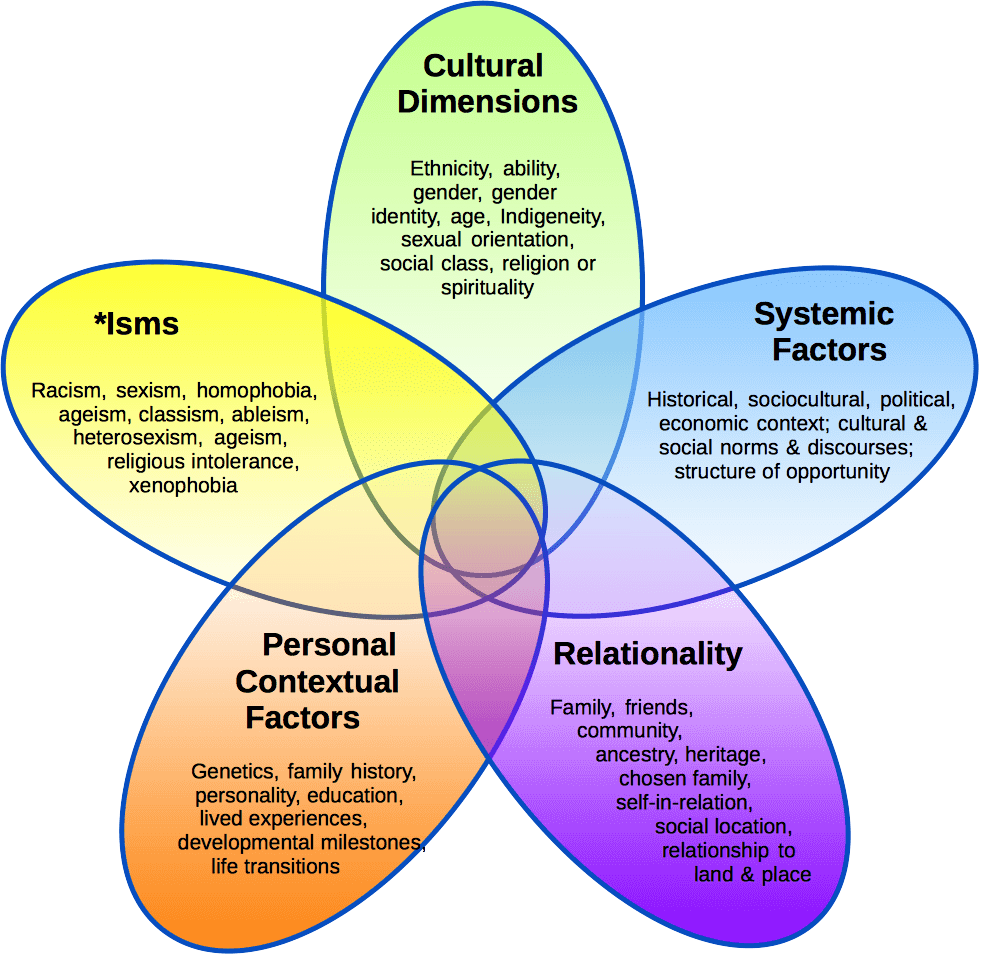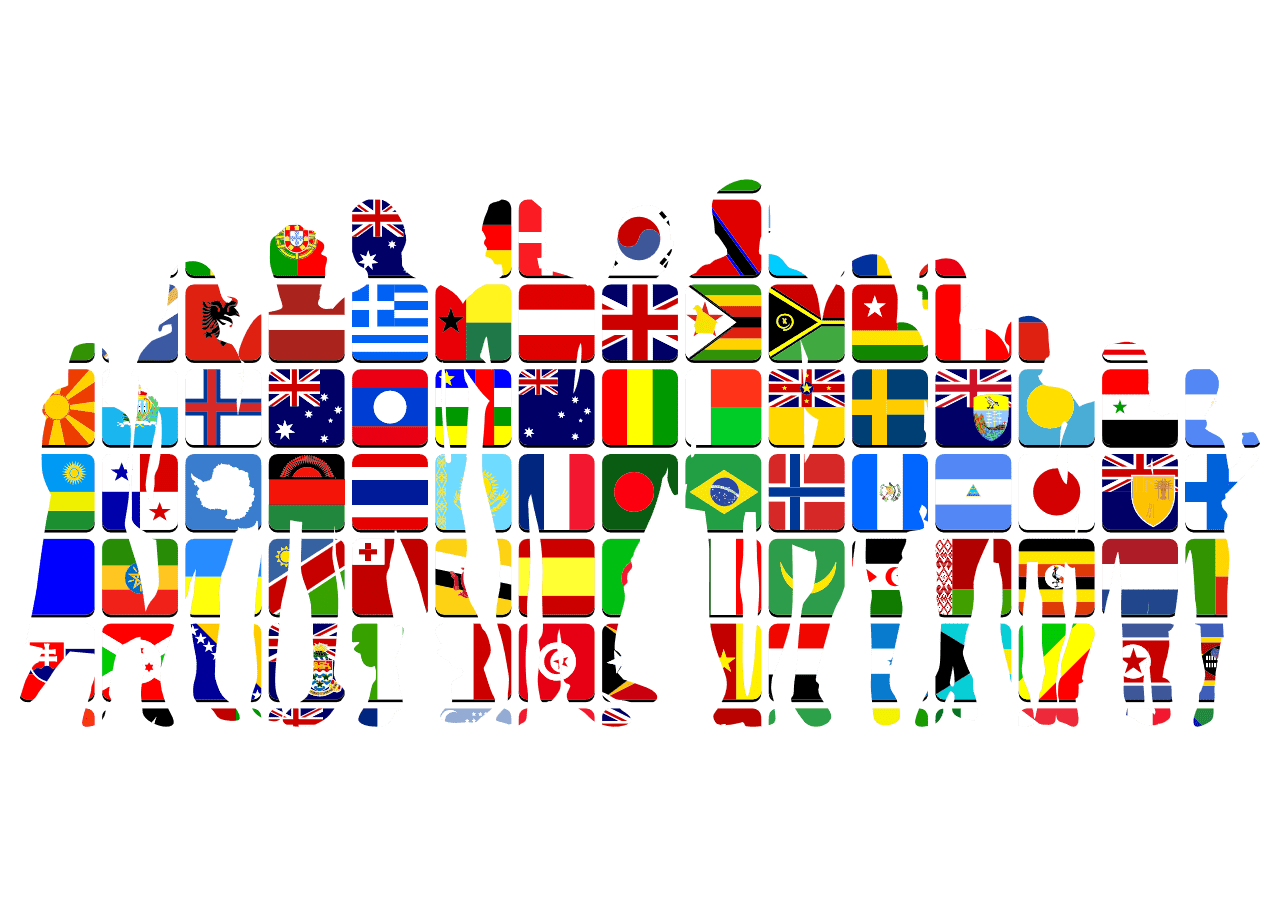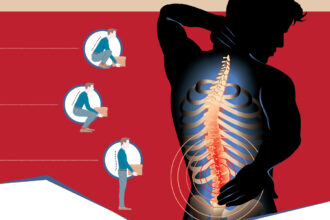A vital component of human existence, cultural identity shapes people’s perceptions of both the outside world and themselves. It includes all of the traits, customs, and principles that unite a group of people and give them a feeling of continuity and belonging. In an increasingly globalized society, promoting inclusion and respect requires an understanding of cultural Beliefs. This essay explores the idea of cultural beliefs, including their elements, creation, and importance in modern society.
What is Cultural Identity?
Ethnic or cultural identity is the feeling of being a part of a specific group. A community’s shared language, practices, beliefs, conventions, and artifacts are all part of this intricate and multidimensional idea. Cultural Beliefs are dynamic and change with people and communities over time. People can simultaneously identify with several cultural groupings, such as those based on nationality, race, religion, or geographical affiliation, making it multilayered.
Cultural Identity’s Components
The following essential elements have a major role in the development of cultural identity:
Language
The main medium for cultural expression and transmission is language. It affects how people think, communicate, and view the world. Idiomatic phrases and proverbs, for instance, convey cultural norms and worldviews.
Customs & Traditions
These customs and traditions have been passed down through the ages, establishing a connection between the past and the present. They consist of celebrations, rituals, and everyday activities that uphold the cultural legacy of a community.
Values and Beliefs
A culture’s guiding moral and ethical precepts are its values and beliefs. Deeply rooted in cultural beliefs are values like hospitality, respect for elders, and collectivism.
Symbols and Artifacts
Flags, religious icons, traditional attire, and other cultural symbols are examples of artifacts that visually convey a sense of cultural beliefs. Moreover, objects that represent cultural significance include tools, artwork, and buildings.
Social Structures
Essential in forming cultural beliefs are the family, community, and social structures. These institutions offer the foundation for the instruction and upkeep of cultural norms and values.

Establishment of Cultural Identity
A dynamic process of socialization and interaction with the environment shapes one’s cultural beliefs. An important component of this procedure is:
Family and Community
The family is the main social unit in which the formation of cultural beliefs takes place. Children pick up language, traditions, and morals from their parents and other family members at a young age. Through social interactions and group activities, the community further solidifies these cultural components.
Education
Schools and other educational establishments are crucial for the dissemination of cultural knowledge and values. Education in the arts, literature, and history exposes people to both their cultural legacy and the larger cultural background.
Technology and Media
Media and technology have developed into potent instruments for forming cultural identity in the digital age. Social media platforms, movies, music, and television give people access to a wide range of cultural expressions and shape their perceptions of both their own and other people’s cultures.
Globalization and Migration
These two factors have a significant influence on cultural beliefs. People may take on aspects of foreign cultures while retaining their own identity when they travel across borders and engage with diverse cultures. This results in the development of hybrid cultural identities that combine several influences.

Cultural Identity’s Significance
A person’s cultural beliefs are essential to their overall well-being as well as that of society. There are several ways to understand its significance:
Sense of Belonging
Cultural beliefs offer security and a sense of belonging. It gives people a sense of belonging to a wider group, providing support and a common view of reality.
Self-Esteem and Confidence
Having strong cultural beliefs helps one feel confident and self-esteem. People who are resilient against prejudice and discrimination are more likely to have a positive self-image and to feel proud of their origin and culture.
Social Cohesiveness
Within a community, cultural beliefs foster harmony and social cohesiveness. Members form relationships through shared cultural practices and ideals, which promote collaboration and support one another.
Diversity and Pluralism
Fostering diversity and pluralism requires an appreciation of and respect for cultural beliefs. Understanding various cultural identities promotes tolerance for one another and lessens cultural tensions in a multicultural community.
Cultural Preservation
The preservation of cultural heritage depends on maintaining cultural beliefs. Generation-to-generation transmission of customs, languages, and behaviors enhances human civilization and adds to its diversity worldwide.
Explore More Existential Questions and Dissecting the Search for Purpose and Meaning in Life
Obstacles to Cultural Identity
Cultural beliefs are important, however, in the modern world, they face many obstacles:
Globalization
Although it promotes cross-cultural communication, globalization can also result in a homogenous culture. The loss of distinctive cultural practices and languages can result from dominant civilizations displacing local cultures.
Migration
The process of moving can lead to conflicts between preserving one’s cultural beliefs and blending in with the new society. The needs of the host society are often in conflict with the cultural traditions of immigrants.
Prejudice and Discrimination
Cultural beliefs may serve as a breeding ground for prejudice and discrimination. Biases and unfavorable preconceptions about particular cultural groups can cause social exclusion and marginalization.
Technological Changes
Rapid advancements in technology have the potential to upset long-standing cultural norms. Digital communication has the potential to supplant in-person contacts, so transforming the transmission of cultural values.

Taking Pride in and Advancing Cultural Identity
To tackle these obstacles and foster cultural beliefs, various approaches can be implemented:
Education and Awareness
Diversity and cultural beliefs are important, and educational programs should highlight this. Awareness-raising efforts can encourage tolerance and respect for other cultures.
Cultural Preservation Initiatives
Governments and groups can assist with cultural preservation activities, which include supporting programs for language preservation, museums, and festivals dedicated to preserving cultural heritage.
Inclusive Policies
Policies that uphold the rights of cultural minorities and encourage inclusivity are crucial. Multicultural policies and anti-discrimination laws can contribute to the development of an atmosphere that values the diversity of cultural identities.
Intercultural Dialogue
Promoting intercultural communication and dialogue can help various cultural groups understand one another and work together. Dialogue forums, cultural exchange programs, and community events can help to make this process easier.
In Summary
A crucial component of human existence, cultural identity impacts both individual and community experiences. It encourages diversity and pluralism while fostering a sense of self-worth, social cohesiveness, and belonging. Constructing open and peaceful societies requires an understanding of and respect for cultural beliefs. We can protect our rich cultural legacy and create a society that values diversity by valuing and celebrating cultural beliefs.









